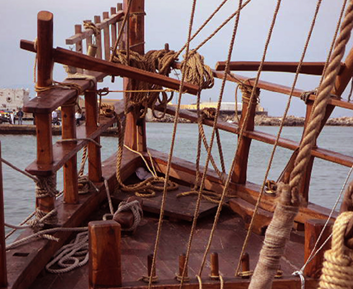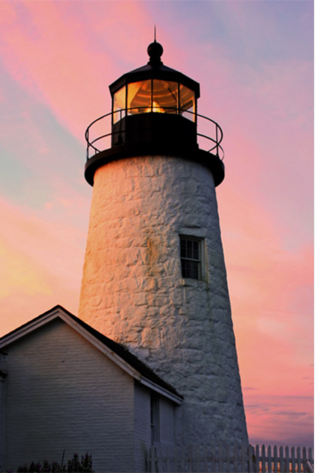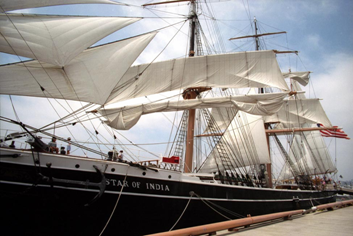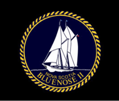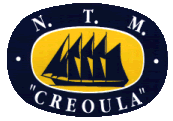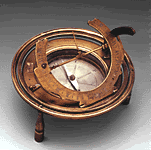
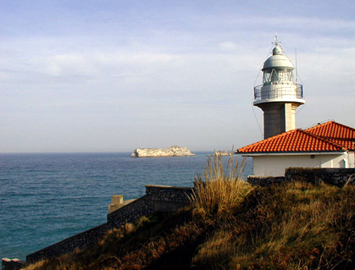
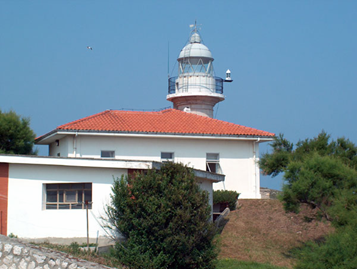
Dada la peligrosidad de la bocana del Puerto de Suances se decidió en 1861 incluir este Faro en el Primer Plan de Alumbrado, y dos años después entró en funcionamiento.
Los reyes Alfonso XII y Mª Cristina visitan el faro en varias ocasiones, previa orden al torrero "...de que pinte de color verde la barandilla del balconcillo de servicio que actualmente se halla de color encarnado, haciendo muy mal efecto a la vista por ser verde la cúpula de la torre y los montantes de la misma.."
En la noche de 17 de de noviembre de 1880, el farero recogió a siete náufragos del bergantín italiano "Franceschino", hundido al sufrir una vía de agua.
En cuanto a la evolución del faro, se pasa de la lámpara de aceite a la de mecha, se sustituye la linterna y el alcance pasa a ser de 16 millas.
El 5 de septiembre de 1929 se enciende la primera bombilla eléctrica y en el libro de consumo se recoge el precio del Kilovatio/hora: 0,50 ptas.
La última mejora vino a finales de la década de los ochenta en que se cambió la linterna por otra de 2,25 metros de diámetro y un sistema giratorio de paneles y lámparas de haz sellado para seguir manteniendo la misma característica.
Está situado en el mismo lugar donde estuvo la batería de San Martín, que defendía Suances de incursiones enemigas.
...
...
Faros de Cantabria
